If you’ve ever booked a shipment from India to the USA, you’ve likely dealt with various parties involved in the shipping process. These third parties include freight forwarders, carriers, NVOCC, 3PL, customs brokers, etc. While they all play a role in moving cargo, their functions differ significantly.
Among them, NVOCCs (Non-Vessel Operating Common Carriers) and Freight Forwarders are often confused. Choosing the wrong one could lead to unnecessary costs, delays, or compliance issues. This article breaks down the key differences between ocean freight forwarder and NVOCC, helping you make an informed decision for your exports.
Let’s dive in and simplify the logistics jargon.
Understanding NVOCC and Freight Forwarder
- NVOCC (Non-Vessel Operating Common Carrier) acts like a carrier without owning ships. They book space with big shipping lines, issue their own bills of lading (B/L), and handle cargo movement under their name. They take responsibility for the shipment and sometimes operate their own containers.
- Freight Forwarders act more like logistics coordinators. They don’t own ships or containers but arrange transportation by working with multiple carriers, handling customs paperwork, and ensuring smooth shipping. They focus on making the process hassle-free for exporters.
In short, an NVOCC functions more like a shipping carrier, while a Freight Forwarder focuses on end-to-end logistics management. Both play important roles, but your choice depends on the level of control and services you need.
Roles and Functions of NVOCC
A Non-Vessel Operating Common Carrier is a key player in international shipping, acting as a carrier without owning ships. Their primary role is to manage ocean freight by booking space with shipping lines and issuing their own House Bill of Lading (HBL) to customers. Here’s a closer look at their functions:
- Booking Cargo Space with Shipping Lines
NVOCCs buy cargo space in bulk from major shipping lines and resell it to exporters. This helps secure competitive rates and guaranteed space, especially during peak seasons.
- Issuing House Bill of Lading (HBL)
Unlike freight forwarders, NVOCCs issue their own House Bill of Lading (HBL), which acts as a contract between the shipper and NVOCC. This document is crucial for exporters as it serves as proof of cargo ownership.
- Container Management
Some NVOCCs own or lease containers, allowing them to offer dedicated container services. This ensures better control over cargo handling and availability of equipment for shipments.
- Handling Cargo Consolidation (LCL Shipments)
For smaller shipments that don’t fill an entire container, NVOCCs consolidate cargo from multiple exporters into a single container. This Less than Container Load (LCL) service helps businesses ship smaller quantities at lower costs.
- Taking Responsibility for Cargo
Since they issue their own bills of lading, NVOCCs take responsibility for cargo from origin to destination. If any issue arises during transit, the shipper deals directly with the NVOCC rather than multiple parties.
When Should You Use an NVOCC?
- If you want a direct contract with a carrier-like entity.
- If you need better control over container management and cargo handling.
- If you’re shipping LCL (Less than Container Load) and need cargo consolidation services.
NVOCCs streamline ocean freight by providing structured shipping solutions, making them a preferred choice for exporters looking for a reliable, cost-effective, and controlled shipping experience.
Roles and Functions of a Freight Forwarder
A Freight Forwarder is a end-to-end logistics provider who manages and coordinates the entire shipping process for exporters. Unlike an NVOCC, a freight forwarder does not act as a carrier or issue its own bill of lading as a contractual carrier. They ensure smooth cargo movement across various transport modes.
Do you know “The global ocean freight forwarding market was valued at USD 199.15 billion in 2023. It is projected to expand from USD 204.25 billion in 2024 to USD 250.0 billion by 2032, reflecting a Compound Annual Growth Rate (CAGR) of 2.56% from 2025 to 2032”.
Here’s what they do:
- Arranging and Coordinating Shipments
Freight forwarders find the best shipping routes and negotiate competitive rates with carriers, airlines, trucking companies, and ocean liners. They handle the end-to-end movement of goods from pickup to final delivery.
- Managing Documentation and Compliance
Exporting from India to the USA requires extensive paperwork. Freight forwarders ensure error-free documentation such as:
- Bill of Lading (B/L)
- Commercial Invoices
- Packing Lists
- Customs Declarations
- Certificates of Origin
- Customs Clearance Assistance
Freight forwarders work with customs brokers to ensure goods clear customs smoothly. They handle duty payments, tax calculations, and documentation for both Indian and US customs, reducing hassles for exporters.
- Providing Multi-Modal Transport Solutions
Unlike NVOCCs, which mainly focus on ocean freight, freight forwarders arrange shipments via:
- Air Freight (for urgent shipments)
- Ocean Freight (FCL & LCL)
- Road Transport (for inland movement)
- Rail Transport (for specific routes)
- Cargo Insurance and Risk Management
Freight forwarders help mitigate risks by offering cargo insurance. This protects exporters from financial losses due to theft, damage, or unforeseen delays.
- Cargo Consolidation and Warehousing
For smaller shipments (LCL), freight forwarders consolidate cargo from multiple exporters, helping reduce shipping costs. Many also provide warehousing services to store goods before dispatch.
For cost-effective cargo consolidation and warehousing, Intoglo’s warehousing offers strategic 3PL matching, scalable storage, optimized transit times, and enterprise-level solutions—ensuring efficiency, safety, and seamless logistics for your business.
- End-to-End Logistics Support
They act as a single point of contact, ensuring smooth shipment execution without exporters dealing with multiple service providers. Beyond transportation, freight forwarders assist with:
- Freight cost optimization
- Supply chain consulting
- Real-time tracking and updates
When Should You Use a Freight Forwarder?
A freight forwarder is the best choice when you need a complete logistics solution that covers everything from pickup to final delivery. Unlike an NVOCC, which mainly focuses on ocean freight, freight forwarders provide multi-modal transport options, customs clearance, and documentation support.
Here’s how Intolgo, a cross-border freight forwarder from India to the USA simplify your export process:
- Intoglo specializes in end-to-end cross-border logistics, handling everything from customs clearance to last-mile delivery.
- Many freight forwarders rely on third-party agents, which can lead to unnecessary delays and costs. Intoglo works directly with shipping lines, truckers, and customs brokers, eliminating extra layers and ensuring a smoother, faster shipping process.
- Intoglo provides global team support, operating in both India and USA time zones, so your queries are resolved without delay.
- Freight costs can be unpredictable, but Intoglo offers instant FCL (Full Container Load) rates for shipments from India to the USA, giving you better cost control.
- Whether you’re a D2C brand, MSME, or large enterprise, warehousing is crucial for smooth order fulfillment. Intoglo has a network of 50+ warehouses across multiple locations in the USA, providing storage and distribution support.
- Intoglo’s in-house compliance team conducts pre-screening before shipment departure, ensuring hassle-free customs clearance.
- Intoglo’s AI-based HTS code scanner allows you to simply take a photo of an item and instantly view its correct HS Code, minimizing classification errors and avoiding customs penalties.
Get your exclusive “USA Export Navigator”, that includes USA Port Map, smart route planner, holiday calendar, key U.S. holidays and long weekends for 2025, and road freight limits.
Key Differences Between NVOCC and Freight Forwarder
| Aspect | NVOCC (Non-Vessel Operating Common Carrier) | Freight Forwarder |
| Ownership of Vessels | Does not own vessels but operates as a carrier by booking space with shipping lines. | Does not own vessels or containers; coordinates shipments with carriers. |
| Bill of Lading | Issues its own House Bill of Lading (HBL) to the shipper, acting as the carrier. | Does not issue a bill of lading in its name; acts as an intermediary. |
| Focus | Primarily focused on ocean freight, managing container space. | Manages end-to-end logistics, including ocean, air, and land transport. |
| Cargo Consolidation | Provides LCL (Less-than-Container Load) services by consolidating cargo from multiple shippers. | Offers cargo consolidation but is more focused on organizing shipments via various transport modes. |
| Documentation Handling | Handles documentation related to cargo movement, such as House Bill of Lading and contracts. | Handles comprehensive documentation like customs declarations, commercial invoices, and more. |
| Customs Clearance | May assist in customs clearance but does not specialize in it. | Often works with customs brokers and manages the customs clearance process. |
| Cargo Responsibility | Takes responsibility for the cargo and delivery, acting as the primary carrier. | Does not take direct responsibility for the cargo but ensures it reaches its destination. |
| Network | Works directly with shipping lines, sometimes owning or leasing containers. | Works with various carriers and third-party service providers like truckers, airlines, and rail operators. |
| Customer Interaction | Deals directly with the shipper through contracts and bills of lading. | Primarily coordinates with the exporter to arrange logistics and shipping but does not act as a carrier. |
| Technology Usage | Some NVOCCs use technology for tracking and container management. | Frequently uses technology for shipment tracking, real-time updates, and route optimization. |
This table simplifies the core difference between ocean Freight Forwarders and NVOCCs, helping you decide which option suits your needs when exporting from India to the USA.
Also Read: Procedures and Documents Required for Export
Pricing Structures and Negotiation: NVOCC vs. Freight Forwarder
Understanding the pricing structures and how rates are negotiated is crucial for exporters when deciding whether to work with an NVOCC or a Freight Forwarder. Both offer cost-effective solutions, but the way they approach pricing can vary significantly. Here’s an in-depth look at how NVOCCs and Freight Forwarders handle pricing and rate negotiations:
1. NVOCCs: Bulk Buyer Negotiations with Steamship Lines
NVOCCs operate as bulk buyers of cargo space on shipping vessels. Here’s how they approach pricing:
- Bulk Purchasing: NVOCCs negotiate rates directly with steamship lines, purchasing large volumes of space at a discounted rate. Since they manage cargo space in bulk, they can secure more competitive rates compared to individual exporters.
- Consolidated Pricing: Because NVOCCs frequently consolidate shipments from multiple customers, they benefit from economies of scale. They can offer lower prices for Less-than-Container Load (LCL) shipments since they combine cargo loads into a single container.
- Rate Flexibility: NVOCCs can adjust the pricing for full-container-load (FCL) shipments and LCL shipments, offering different options depending on the customer’s needs. Larger volumes often lead to even better discounts or price adjustments, making NVOCCs ideal for those shipping bulk quantities.
- Negotiation Leverage: NVOCCs often have established relationships with major shipping lines, providing strong negotiation leverage. Their long-term partnerships ensure they secure consistent rates and services they can pass on to their clients.
- Predictable Rates: Due to the established relationships with steamship lines, NVOCCs often have predictable pricing that exporters can rely on. This makes it easier for companies to forecast their shipping costs.
2. Freight Forwarders: Negotiating Rates for Individual Shipments
Freight forwarders, on the other hand, negotiate rates on behalf of individual shipments. Here’s how they manage pricing and negotiations:
- Customized Pricing: Freight forwarders negotiate on behalf of the shipper based on specific shipment details such as size, weight, destination, urgency, and shipping mode (air, sea, rail). Unlike NVOCCs, freight forwarders don’t buy cargo space in bulk but instead work with different carriers to arrange the best deal for each shipment.
- Dynamic Rates: Freight forwarder rates can vary depending on factors, such as demand, seasonality, or carrier availability. As a result, exporters might receive varying quotes for different shipments or times of year.
- Cost Breakdown: Freight forwarders tend to provide more detailed cost breakdowns, considering factors like fuel surcharges, customs clearance fees, and handling charges. They focus on optimizing the logistics and ensuring that every step of the shipment is cost-efficient.
- Multiple Carrier Options: Freight forwarders work with a range of carriers, including ocean liners, airlines, and truckers. This gives them the flexibility to negotiate different rates for a variety of transport modes, allowing them to find the best price for each shipment’s requirements.
- Rate Transparency: Since freight forwarders work with multiple carriers, transparency in pricing can sometimes be more variable. They may pass on additional charges or unforeseen costs depending on the shipping arrangements made.
Key Takeaways:
- NVOCCs offer more predictable and cost-effective rates for bulk shipments due to their bulk-buying power.
- NVOCCs are ideal for exporters with regular, large-volume shipments who want consistency in pricing.
- Freight forwarders, on the other hand, provide more flexibility and tailored solutions for exporters with smaller, irregular shipments.
- Freight forwarders negotiate rates based on the specific needs of each shipment, providing a more customized approach.
Choosing Between NVOCC and Freight Forwarder
When deciding between an NVOCC and a freight forwarder, it depends largely on your business needs and shipping requirements. If you’re looking for bulk rates and consistent pricing for large shipments, an NVOCC could be the right choice. Their ability to negotiate directly with steamship lines allows them to offer more competitive rates for both full-container load (FCL) and Less-than-Container Load (LCL) shipments, making them suitable for exporters who need reliable and predictable shipping solutions.
On the other hand, freight forwarders offer a more flexible approach, managing shipments of all sizes while ensuring end-to-end logistics coordination. They can handle complex logistics, coordinate multi-modal transportation, and negotiate rates based on specific needs, such as delivery timeframes or shipping routes. Freight forwarders are a great option for businesses seeking tailored solutions and comprehensive support throughout the shipping process.
Get instant FCL shipping quotes from India to the USA.
Conclusion
In conclusion, both NVOCCs and freight forwarders play crucial roles in international logistics, with distinct benefits depending on your shipping needs. Understanding the differences enables you to make a well-informed choice that suits your business’s shipping volume, flexibility, and budget needs. Whether you need bulk rates or tailored logistics, each option offers unique advantages.
For exporters looking for seamless India-to-USA shipping, Intoglo provides pan-India coverage with operations from all major ports and inland container depots across India. With offices in Delhi, Chennai, Mumbai, Ludhiana, and the USA, Intoglo is equipped to handle all your logistics needs.
Contact Intoglo for more information.


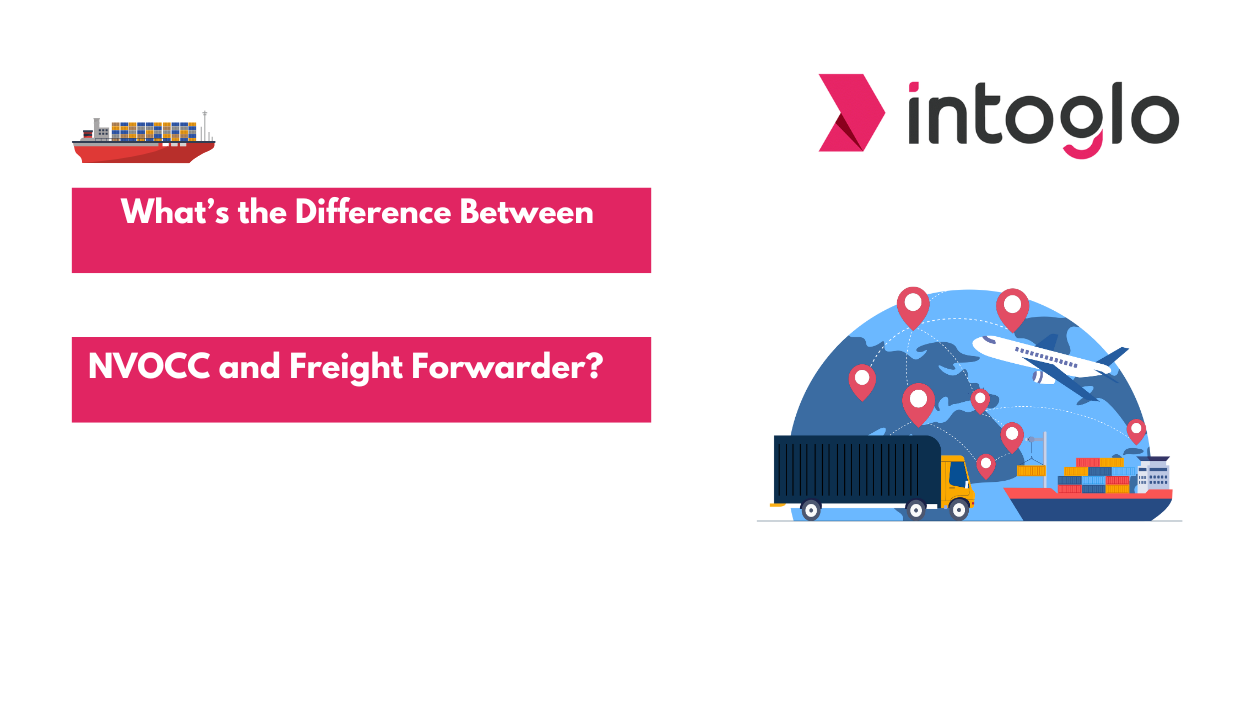
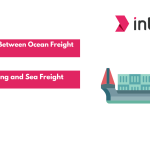
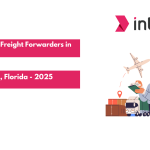
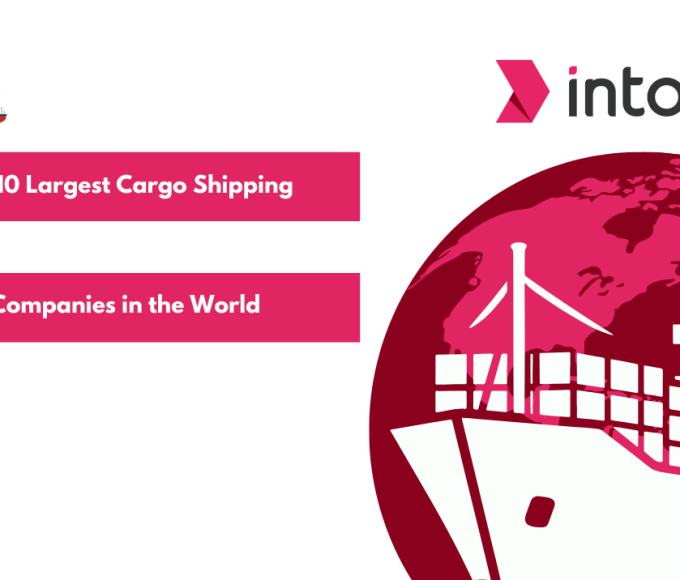
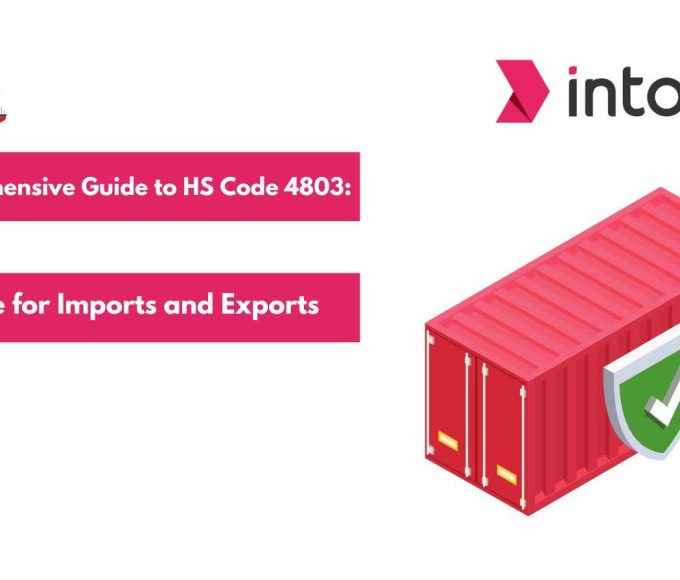
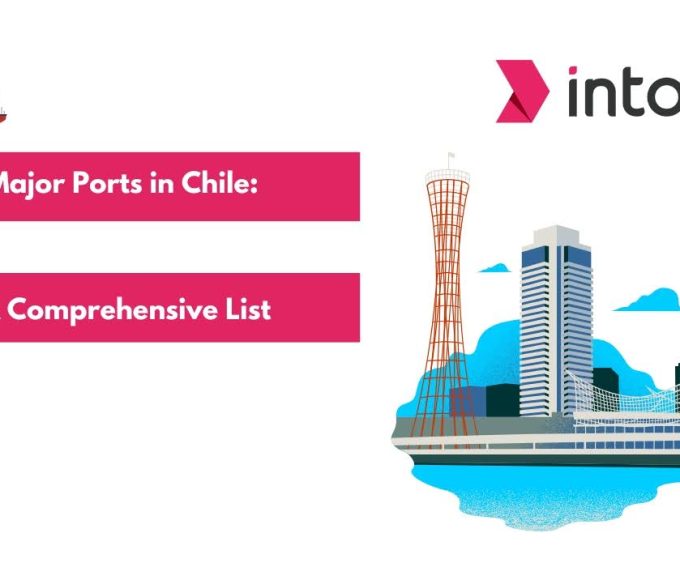
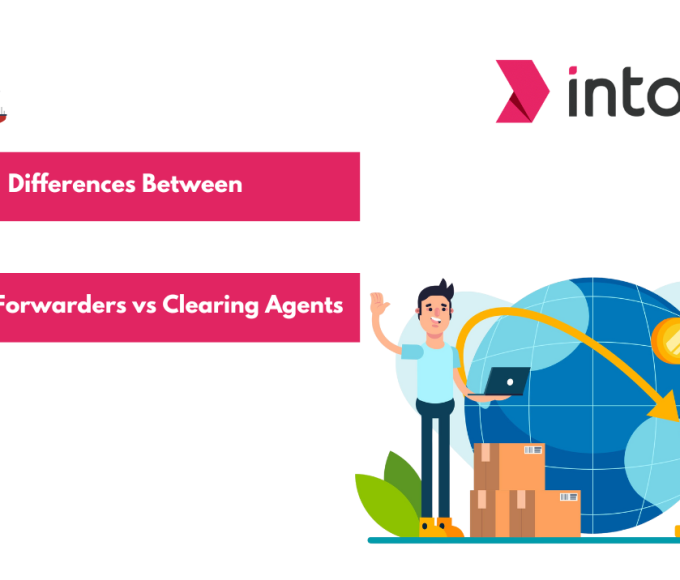
Leave a comment